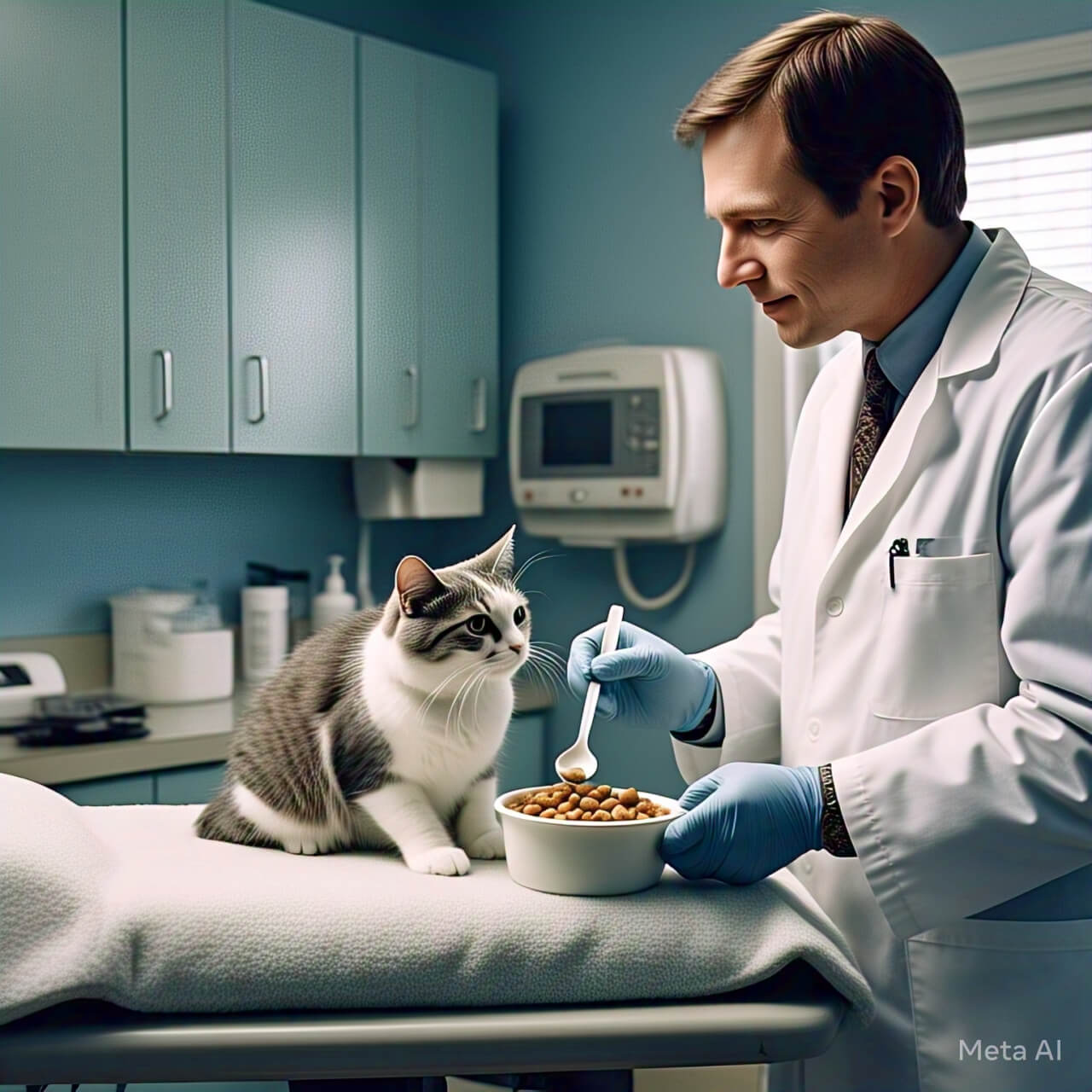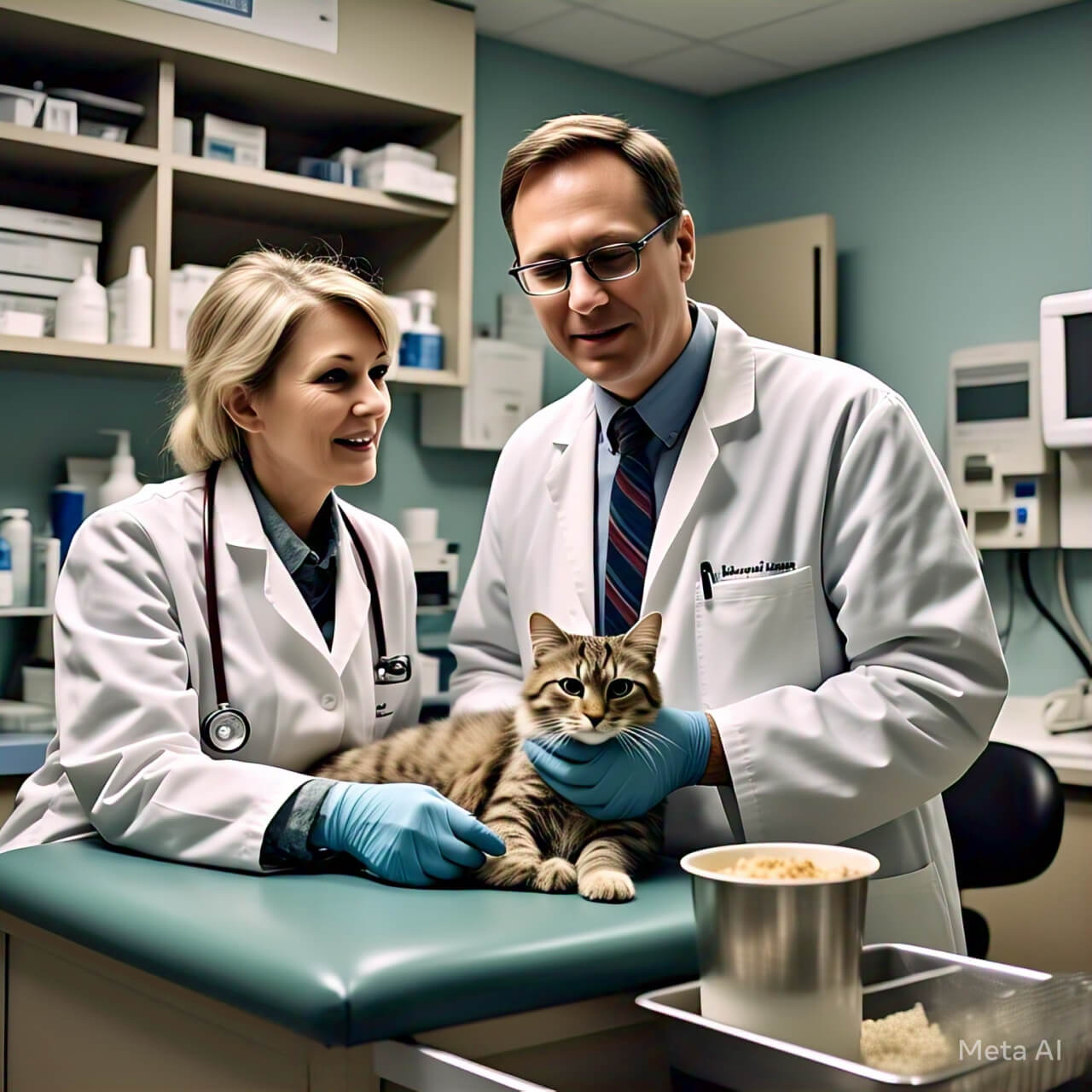How to Transition a Cat to a New Diet: Changing your cat’s food can be tricky, but doing it the right way keeps them healthy and happy. Cats are creatures of habit, and sudden changes can upset their stomach or make them refuse food. To avoid problems, transition slowly over 7-10 days by mixing the old and new food. Start with 25% new food and 75% old food, then gradually increase the new portion while decreasing the old one.
Watch for signs like vomiting, diarrhea, or loss of appetite—if these happen, slow down the transition. Always choose high-quality food that meets your cat’s nutritional needs. If your cat is picky, try warming the food or adding a little water to enhance the smell. Stick to a feeding schedule to help them adjust. If problems continue, talk to your vet for advice. A smooth transition keeps your cat well-fed and stress-free.

10 Tips for Transitioning Your Cat to a New Diet
- Start slow – Mix old and new food.
- Gradually increase new food – Over 7-10 days.
- Watch for reactions – Vomiting or diarrhea means slow down.
- Keep meals on schedule – Helps with adjustment.
- Warm the food slightly – Enhances smell and taste.
- Add water or broth – Makes food more appealing.
- Avoid sudden changes – Can upset their stomach.
- Stick to high-quality food – Better nutrition, fewer issues.
- Be patient – Some cats take longer.
- Consult a vet if needed – For stubborn or sick cats.
1. Why Transition Slowly?
Cats have sensitive stomachs, and sudden diet changes can cause digestive problems like vomiting or diarrhea. A slow transition helps their body adjust without stress. Mixing old and new food over a week or more prevents refusal and keeps them eating normally.
2. How Long Should the Transition Take?
Most cats need 7-10 days to adjust. Start with 25% new food, then increase to 50% after 3-4 days. By day 7, use 75% new food, and by day 10, switch completely. Some cats may need more time.
3. Signs Your Cat Isn’t Adjusting Well
Watch for vomiting, diarrhea, or refusing food. If these happen, slow the transition or go back to the old food for a few days. If problems continue, see a vet.
4. Choosing the Right New Food
Pick food that matches your cat’s age, weight, and health needs. Look for high protein, no fillers, and vet-approved brands. Avoid cheap food with artificial additives.
5. Tricks for Picky Eaters
Try warming food, adding broth, or hand-feeding. Some cats prefer wet food over dry. Experiment with textures and flavors to find what they like.
6. Keeping a Feeding Schedule
Feed at the same times daily. This helps your cat feel secure and makes the transition smoother. Avoid free-feeding during diet changes.
7. Hydration During the Transition
Wet food or added water helps prevent dehydration. Cats don’t drink much, so moisture in food keeps their kidneys healthy.
8. When to See a Vet
If your cat stops eating for over 24 hours, has severe vomiting, or acts weak, visit the vet. Some cats need medical diets for health issues.
9. Switching Between Wet and Dry Food
Mix both types if switching textures. Some cats prefer one over the other, so introduce changes slowly.
10. Long-Term Diet Success
Once transitioned, stick to the new food unless health issues arise. Consistency keeps your cat healthy and avoids future stomach problems.

FAQs in Table Format
| Question | Answer |
|---|---|
| How long does it take to switch cat food? | Usually 7-10 days, but some cats need longer. |
| What if my cat refuses the new food? | Try mixing it with old food or warming it slightly. |
| Can a sudden diet change harm my cat? | Yes, it can cause vomiting, diarrhea, or food refusal. |
| Should I switch to wet or dry food? | Depends on your cat’s preference and health needs. |
| When should I call the vet? | If your cat stops eating or has severe reactions. |
This guide helps make the diet change easy and stress-free for your cat. Follow these steps for a smooth transition.









